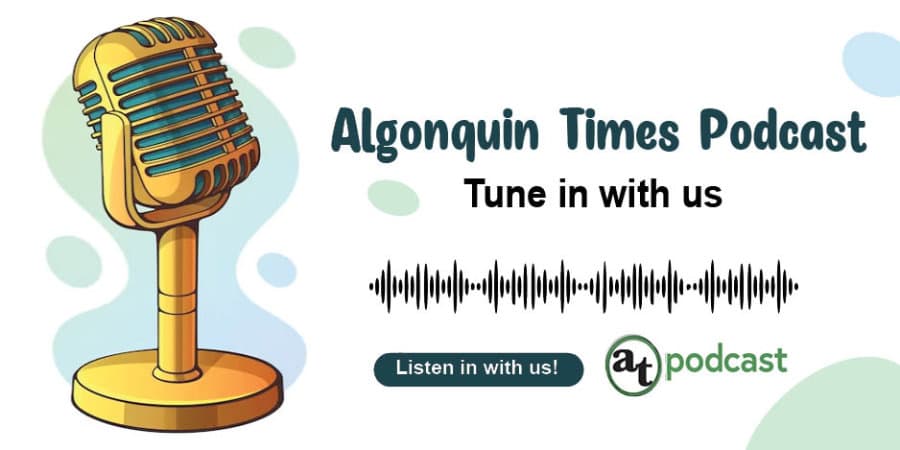Teaching to black screens

The ‘new normal’ of classes online has demanded a steep learning curve for students. It has been just as big a shift for those doing the teaching.
For some, it has been a comfortable transition.
“I’ve worked in film and television for 20 years, so I’m used to talking to a camera,” said Teri Loretto-Valentik, co-ordinator of the performance arts program and professor in the scriptwriting program at Algonquin College. She recognizes it has not been easy for everyone, especially for teachers who have “only ever existed in the classroom,” to adjust to sitting alone in front of a screen.
It is not merely a matter of having an understanding of the technology.
“We have some professors that have physical disabilities that make using Zoom a challenge,” said Michele Hall, co-ordinator of the professional writing program at Algonquin.
Some courses, like the scriptwriting program, seem to be more suited to the medium.
“Our first year online, we had 100 per cent retention, because writers are used to being somewhat isolated when they are writing,” said Loretto-Valentik.
It was a very different story with the performance arts program. A class of 40 quickly dwindled down to 11 when online classes were first announced.
There are some aspects of the online medium, however, that have proved to be advantageous. Students in the performance arts program need to pitch their work to the industry and can now do so with far greater outreach than before.
“We talked to ABC Disney last year,” said Loretto-Valentik. “They’ve never talked to us before.”
It has also forced teachers to adopt new methods to get through to their students. Lara Mills, co-ordinator of the public relations program at Algonquin College and a recipient of the SA’s Excellence in Teaching Award, does everything she can to “not just be a talking head on screen.” She uses a lot more visuals and questions designed to encourage discussion.
“As a professor, that’s been good for me as it’s forced me out of the box I was working in before and inspired a little more creativity,” Mills said.
For the actual classes, teachers agree that overall engagement has improved. They do not get upset if students do not turn on their cameras, but certainly appreciate the ones who do. All they expect is a student be mentally present and participating.
But teaching to a screen full of empty black boxes with names on them is tiring, and every class “feels like a solo performance,” said Mills. She finds the lack of eye contact even more disconcerting.
“I’m looking at your face on the screen, but it looks like I’m looking away from you. So I’m trying to teach my students to look at the webcam,” she said.
On the other hand, staying on-camera for extended periods of time can be particularly exhausting. Platforms such as Zoom have design flaws that exhaust the mind and body. This was explained in a study by Jeremy Bailenson, founding director of the Stanford Virtual Human Interaction Lab, that was published on Feb. 23, 2021, in the journal Technology, Mind and Behavior.
The chat function is another area that is great for shy students to speak up and interact. It is a platform to make a joke or comment without interrupting a class – a bonus for many teachers. Mills asks her students to give her some acknowledgement in the chat, so she knows they are there.
Hall sees so much activity in the chats in classes that she delegates one person just to monitor it.
Some are more wary of it than others, though. Loretto-Valentik appreciates the odd joke and banter, but turns off the private chat function for all her classes to avoid any disrespectful behaviour.
“I’ve heard and witnessed students being inappropriately private messaged during classes.”
Professors acknowledge the younger generation is adopting this technology, and thus feel it is their job to learn it and be comfortable with it.
Besides, Mills believes most workplaces will go back to a hybrid model so these online skills will be transferable.
For teachers like Loretto-Valentik, it is just another way to reach students. Even with its flaws, she shudders to imagine what she would do in the pandemic if it did not exist at all.
“Nothing is perfect online. But nothing is perfect in the classroom, either,” she said.








